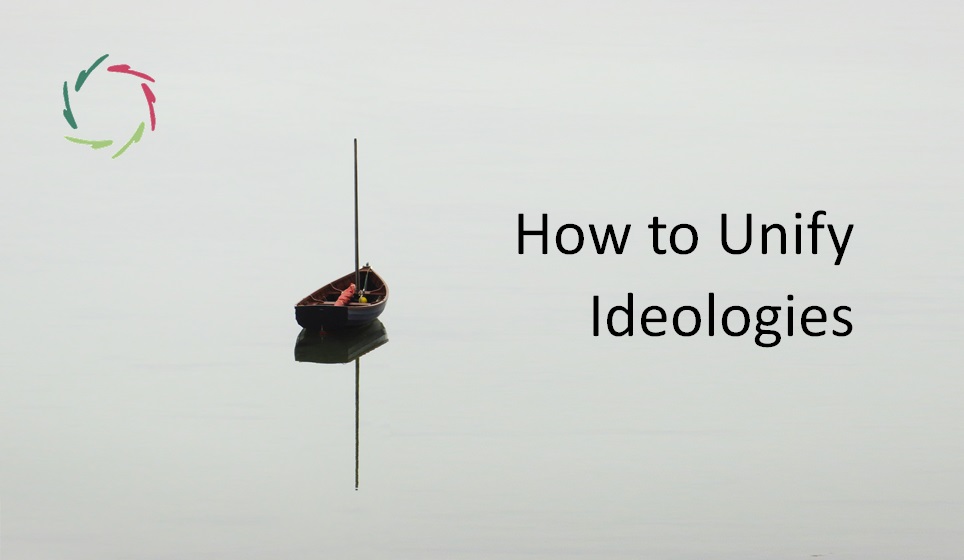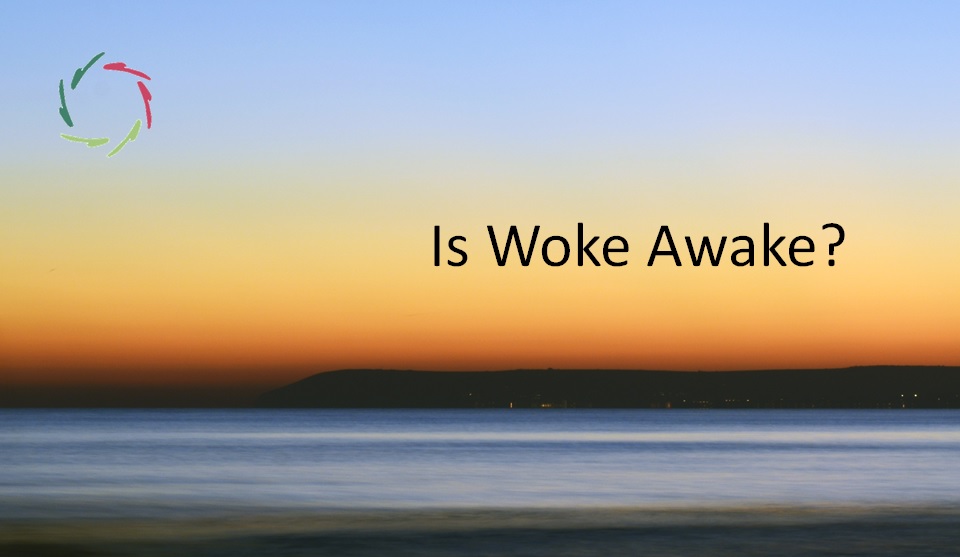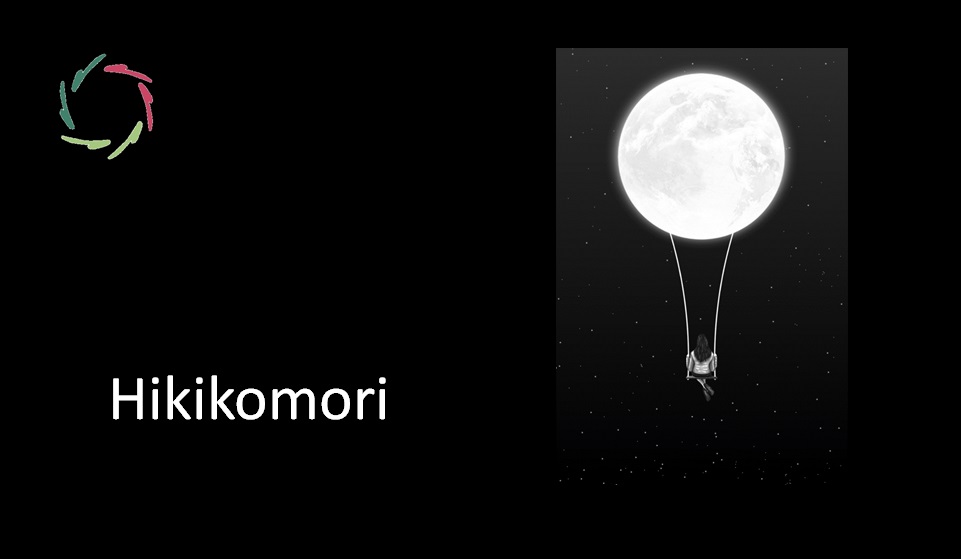How to Unify Ideologies

In four steps. I hope this clarifies the direction to take and which one not to take. In-between lies a huge but not insurmountable hurdle.
Ideology = deep values
In due time, these may become an integral part of one’s conscience. [see: “What about Conscience?“]
An ideology is (almost?) always based on preexisting values. It may aggrandize those values and give them a concrete outlet. It seems then as if this outlet is the core of the ideology — for instance, hatred for a specific kind of foreigners.
Nobody hates foreigners by nature. However, ingrained is an us-them mechanism: making a difference between the in-group and the out-group ― no hatred, sheer protection. If the out-group is threatening, the in-group gets protected, naturally. It starts with the protection of the offspring in many animal species. In humans, such basic tendency may be hijacked later on by any ideology.
Not the hijacker is deep, but the hijacked. Therefore, it’s so difficult to change.
Unifying ideologies from the inside out
You may recognize in this a consistent theme of ‘AURELIS ideology.’ Many things are better managed from the inside out, especially those related to depth.
Ideologies are unduly related to depth.
The paradox of trying to solve the problem
Trying to solve a complex problem in a purely conceptual way may make matters worse, especially if one is subjectively sure to draw the solution nearer this way:

The horizontal line in this drawing is between conceptual and subconceptual mental-neuronal processing. To many people, this is an invisible divide. [see: “The Basic Cognitive Illusion“]
Not seeing the importance of the line may make unifying ideologies appear far more straightforward than it is. Heated discussions may follow between those who want to pull and those who see that this doesn’t work ― but in many cases don’t know why or cannot adequately put it into words.
Beyond the illusion
To overcome the negative influence of ideologies in general, it’s of prime importance to educate all people on earth about this illusion and how to deal with it. One can see in this an immense responsibility for philosophers (and many others).
This would make unifying diverse ideologies much easier. I doubt whether at least a relaxation of the illusion is a necessary condition.
Disentanglement
Especially if the pulling has been tried several times to no avail, managing the issue needs to start with disentanglement. This is, getting the parties emotionally away from each other.
Note how an ideological manipulator does the reverse. He keeps the divide on top of mind, continually if possible. (Social) media are an efficient instrument for this. Being correct doesn’t matter for the manipulator, as long as he keeps the divide on top of many people’s minds.
Let’s take a look now at the four steps of unifying ideologies.
These are:
- Let ideologically (in-depth) divided people look at the issue from an emotional distance.
- There, repeatedly touch them in-depth. Invite change from the inside out while not drawing at them at a superficial level. Let them come somewhat more together in-depth at their own pace. From a distance, it doesn’t matter so much. There is less resistance to be expected.
- Let them come together each as a whole person, in-depth.
- Show them where they are and let them come together also in the outlet.
Diagrammatically:

It’s that simple, in a schema.
I also think it’s the only viable way. Any step may go pretty quickly, thus appearing not to be present. Still, in such a case, it’s the same schema in action.
Hopefully, this is clear now: If one starts by trying to convince the ‘people from the other ideology’ at the outlet – before the other steps – one is drawing at the string above the line in the first image. It will not work, irrespective of whether or not one is rationally correct.
This is not a cookbook, but a guide
In any concrete situation, you have to fill in the menu.
As a hypothetical example, I tried to do this to some degree to unify the field of psychotherapy or hopefully contribute to it. [see: “Can Lisa Unify Psychotherapy?“]


